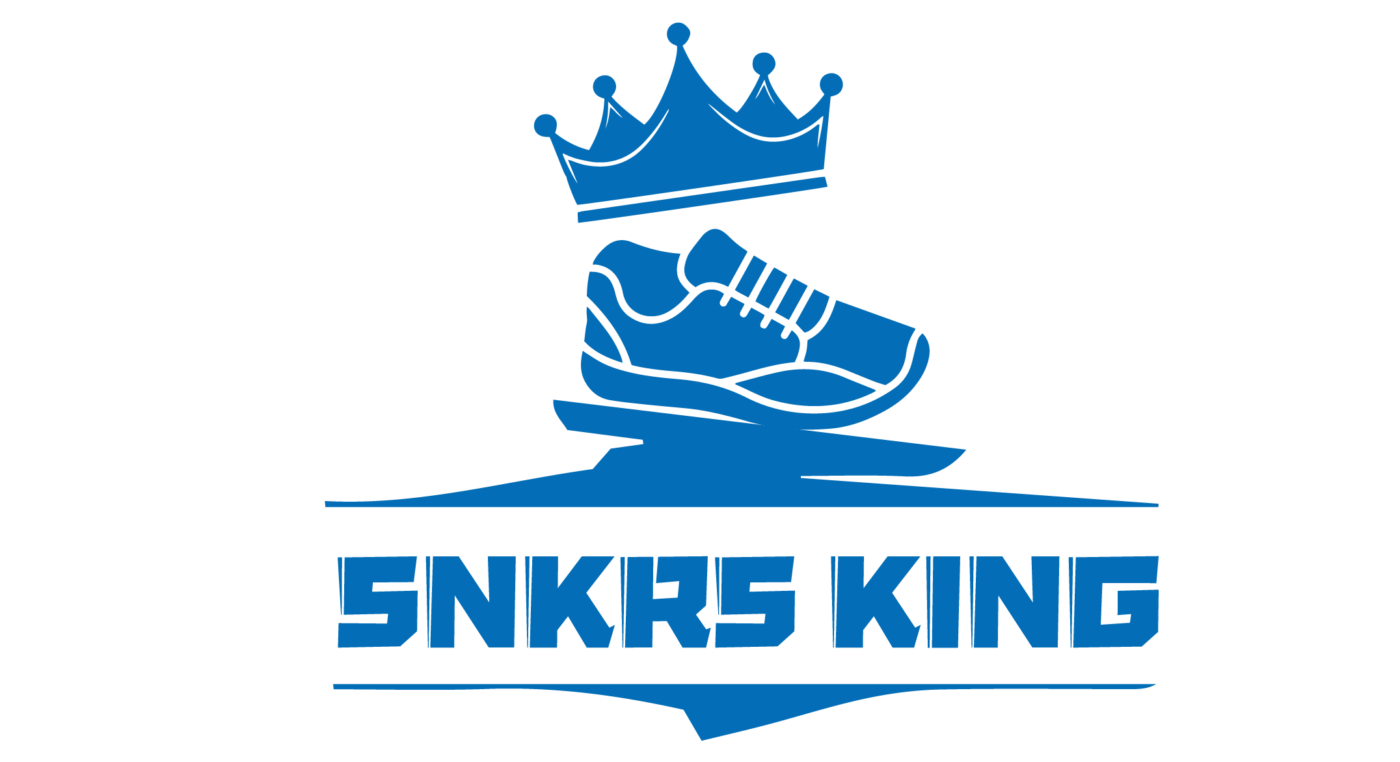Uncategorized
Mastering the Fine-Tuning of Automated Email Send Times and Frequencies for Maximal Engagement
Optimizing the timing and frequency of your automated email sequences is a critical but often overlooked lever for boosting engagement rates. While many marketers rely on generic schedules or basic A/B tests, a deep, data-driven approach can dramatically elevate your email performance. This article explores advanced, actionable techniques to analyze, automate, and continually refine your send times and frequencies, ensuring your messages reach recipients when they are most receptive and avoid common pitfalls like over-sending or under-sending.
Table of Contents
- Analyzing and Identifying Optimal Send Times Using A/B Testing
- Automating Send Time Optimization with Machine Learning Tools
- Avoiding Common Mistakes: Over-Sending and Under-Sending Risks
- Refining Email Frequency for Sustained Engagement
- Case Study: Fine-Tuning Send Times and Frequencies in Practice
Analyzing and Identifying Optimal Send Times Using A/B Testing
The foundation of precise send-time optimization begins with rigorous, multi-variable A/B testing. Unlike simplistic time-of-day tests, this approach involves segmenting your audience based on behavioral data and systematically testing different send windows to uncover statistically significant patterns.
Step-by-Step Process
- Segment Your Audience: Divide your list into meaningful cohorts based on engagement history, time zones, and purchase behavior. For example, create segments such as “Recently Engaged,” “Lapsed Users,” and “High-Value Customers.”
- Define Test Variables: Select multiple send times across different days and hours. For instance, test sending at 8AM, 12PM, 4PM, and 8PM over a two-week period, ensuring each segment receives emails at each time slot.
- Implement Multi-Variate Testing: Use your ESP’s testing features or external tools like Optimizely or VWO to run simultaneous tests on subject lines, send times, and content to identify interaction effects.
- Collect and Analyze Data: Track key metrics—open rates, click-through rates, conversions—and apply statistical significance tests (e.g., chi-square, t-test) to determine the best-performing times.
- Iterate and Refine: Continuously run small-scale tests quarterly, adjusting for seasonal and behavioral shifts.
“The key to successful send-time testing is embracing multi-variable experiments and analyzing the data with statistical rigor—small improvements can lead to significant engagement boosts.”
Automating Send Time Optimization with Machine Learning Tools
Once you’ve identified optimal send windows, automation becomes essential. Machine learning (ML) platforms like Phrasee, Seventh Sense, or Mailchimp’s Send Time Optimization feature leverage behavioral data to predict the best send times for individual users in real-time.
Implementation Steps
- Integrate Your Data Sources: Connect your CRM, web analytics, and email platform to a centralized data warehouse (e.g., Google BigQuery, Segment).
- Feed Behavioral Data: Include signals such as recent site visits, product views, cart abandonment, and previous engagement times.
- Configure ML Models: Use platforms offering predictive algorithms that analyze historical data to forecast when each recipient is most likely to open or click.
- Set Up Dynamic Send Scheduling: Enable your ESP or third-party tools to dynamically assign send times based on ML predictions, updating in real-time as new data comes in.
- Monitor and Refine: Regularly review model accuracy and update your feature sets or algorithms to adapt to behavioral shifts.
“Automation powered by machine learning transforms static schedules into personalized delivery experiences, significantly increasing open and click-through rates.”
Avoiding Over-Sending and Under-Sending Risks
One of the most common pitfalls in frequency optimization is misjudging the balance—sending too often can lead to subscriber fatigue, while infrequent contact risks neglecting your audience. To prevent these issues:
- Set Clear Frequency Caps: Establish maximum contact thresholds per segment (e.g., no more than 3 emails per week) and enforce them through automation rules.
- Monitor Engagement Trends: Use dashboards to identify spikes or drops in open and click rates that signal over- or under-communication.
- Implement Re-Engagement Campaigns: For segments showing declining engagement, reduce send frequency or pause campaigns until engagement recovers.
- Use Feedback Loops: Incorporate user preferences and unsubscribe data to dynamically adjust frequency.
“Regularly reviewing your frequency thresholds and engagement metrics ensures your email cadence remains optimal—preventing fatigue while maintaining visibility.”
Refining Email Frequency for Sustained Engagement
Refinement is an ongoing process. Use cohort analysis to compare engagement across different frequency tiers and adjust accordingly. For example, test sending two emails per week versus three over a month, and analyze which yields better retention and conversion.
Practical Techniques
- Implement Dynamic Frequency Caps: Use rules that adjust sending volume based on real-time engagement signals, such as decreasing frequency for low-engagement segments.
- Segment by Engagement Intensity: Create tiers like “Highly Engaged” and “Re-engagement” and tailor frequency accordingly.
- Conduct Longitudinal Studies: Track how changes in frequency impact lifetime customer value and engagement over time.
“Continuous refinement, supported by granular data, prevents fatigue and builds a resilient, engaged subscriber base.”
Case Study: Practical Application of Send Time and Frequency Optimization
A mid-sized e-commerce retailer implemented a comprehensive send-time and frequency optimization strategy. They started by segmenting their list based on behavioral data—recent purchasers, cart abandoners, and dormant users. Using multi-variable A/B tests, they identified that:
- Send cart abandonment emails within 30 minutes of browsing; delayed beyond 2 hours led to significant drop-offs.
- For promotional campaigns, Tuesday mornings and Thursday afternoons yielded the highest open rates when sent at 10AM and 3PM respectively.
- Frequency caps of 2-3 emails per week per segment maintained engagement without increasing unsubscribes.
By integrating these insights into their automation workflows, and employing machine learning tools for ongoing adjustments, they increased conversion rates by 20% within three months, illustrating the power of granular timing and frequency optimization. The key was not just testing but implementing a structured, iterative process that evolved with customer behavior.
This case exemplifies how detailed data analysis combined with automation can create a finely tuned email cadence—delivering the right message at the right time, every time. For foundational strategies, revisit the principles outlined in the Tier 1 article on holistic email marketing strategies.
